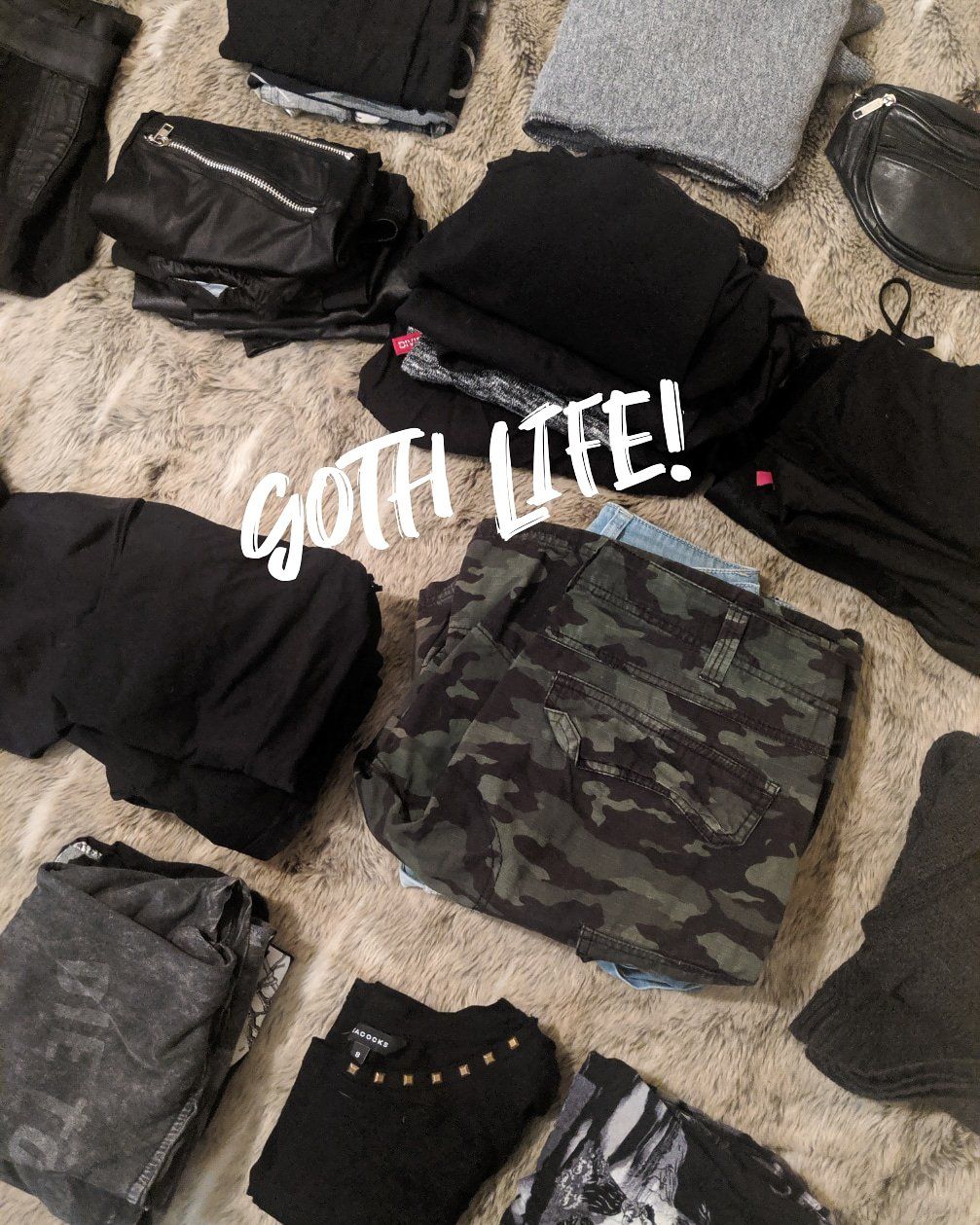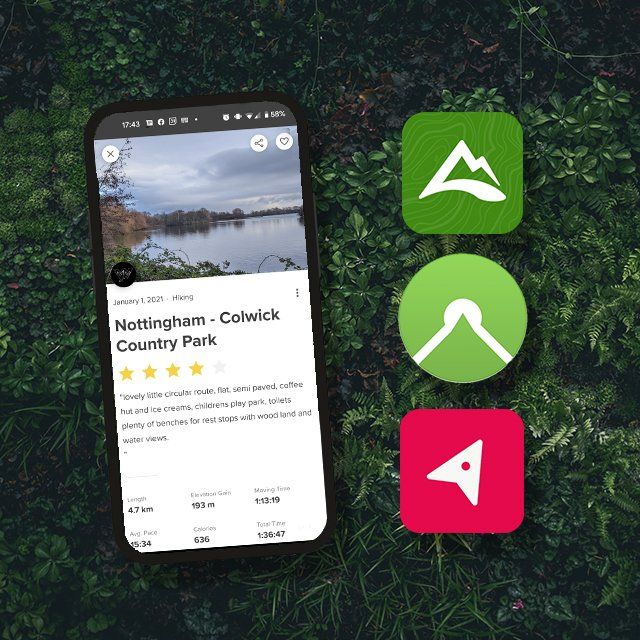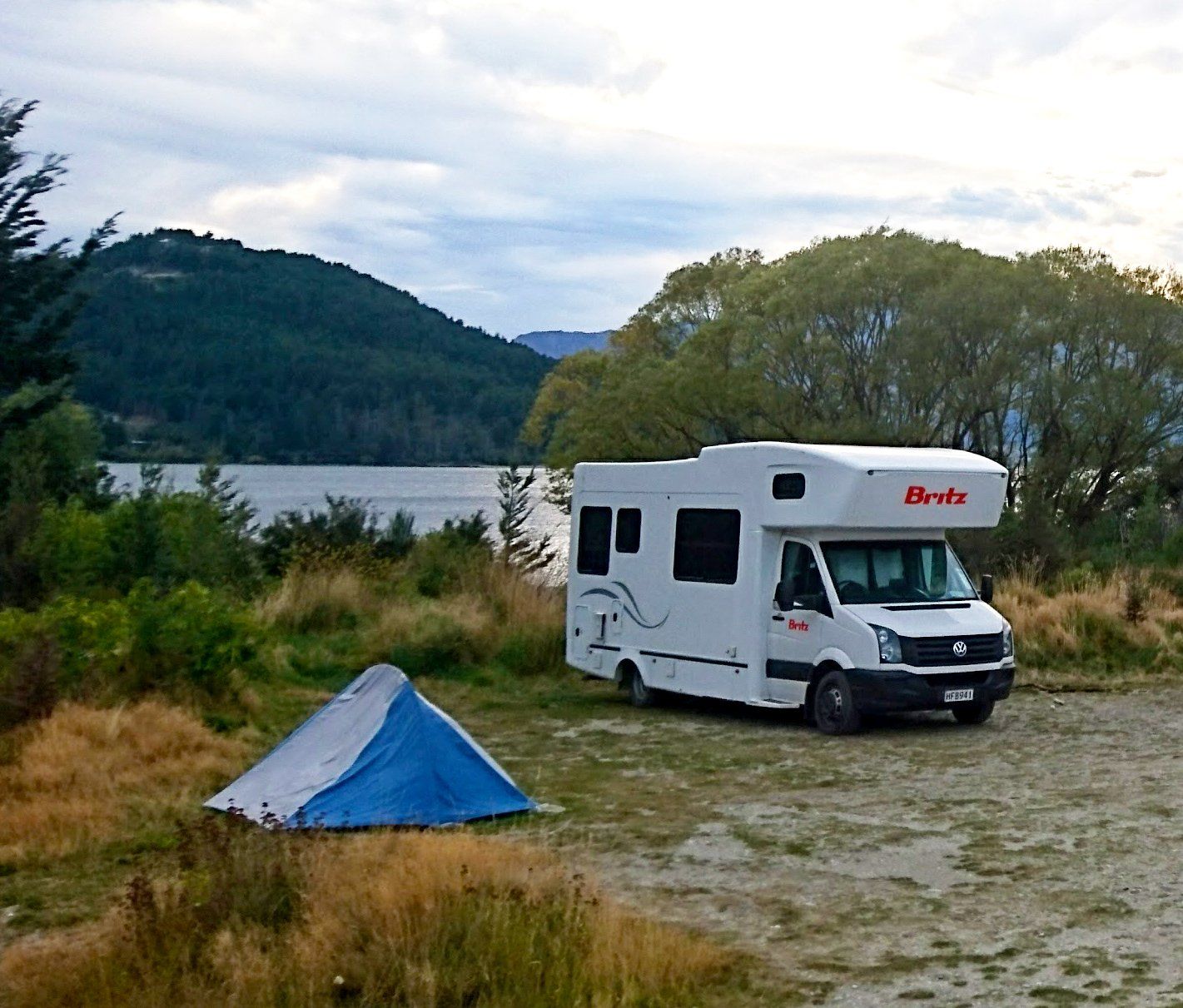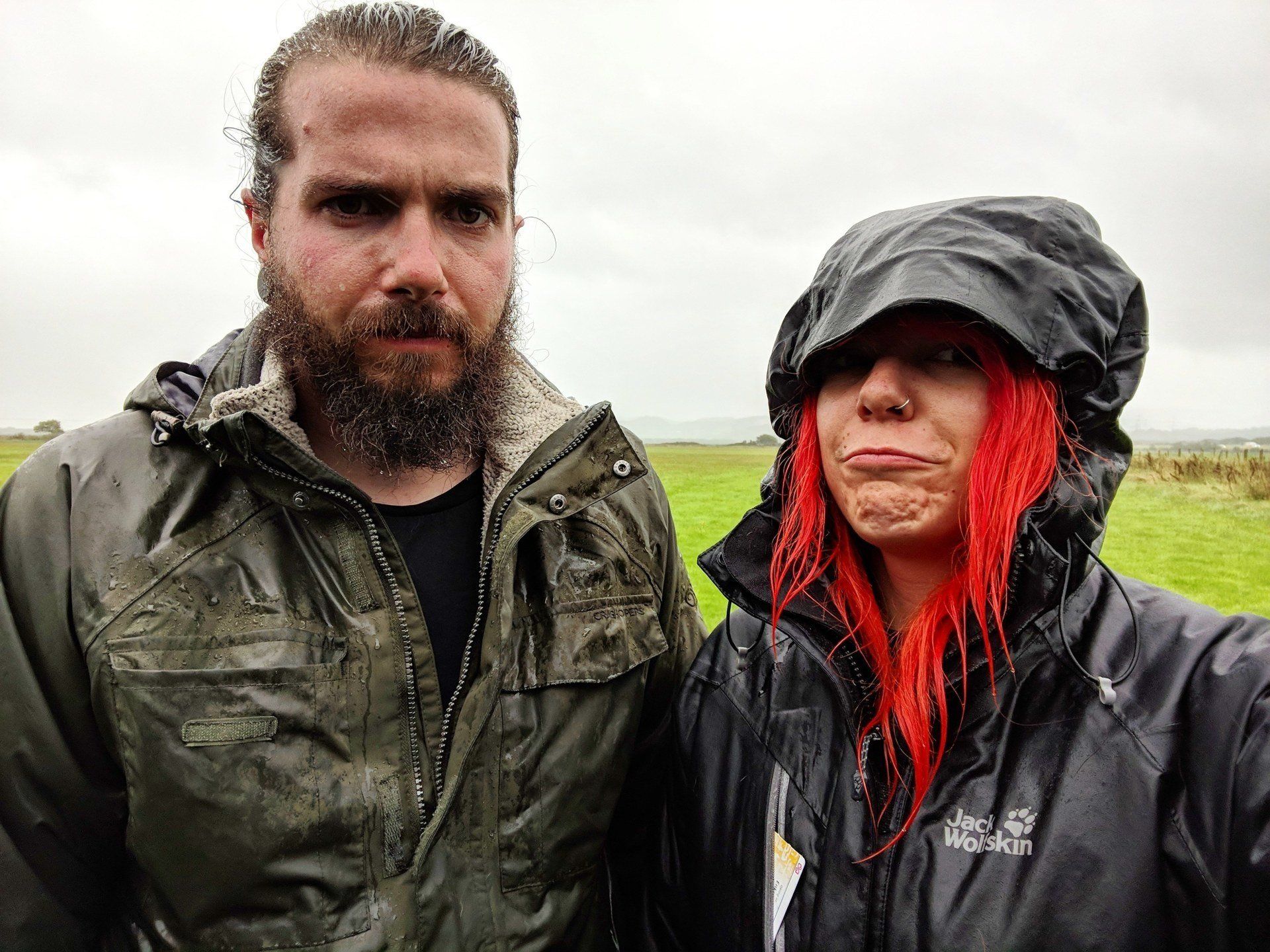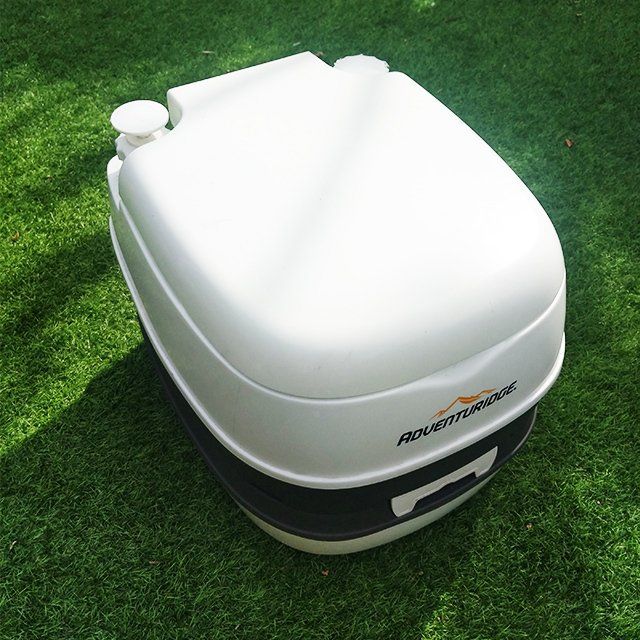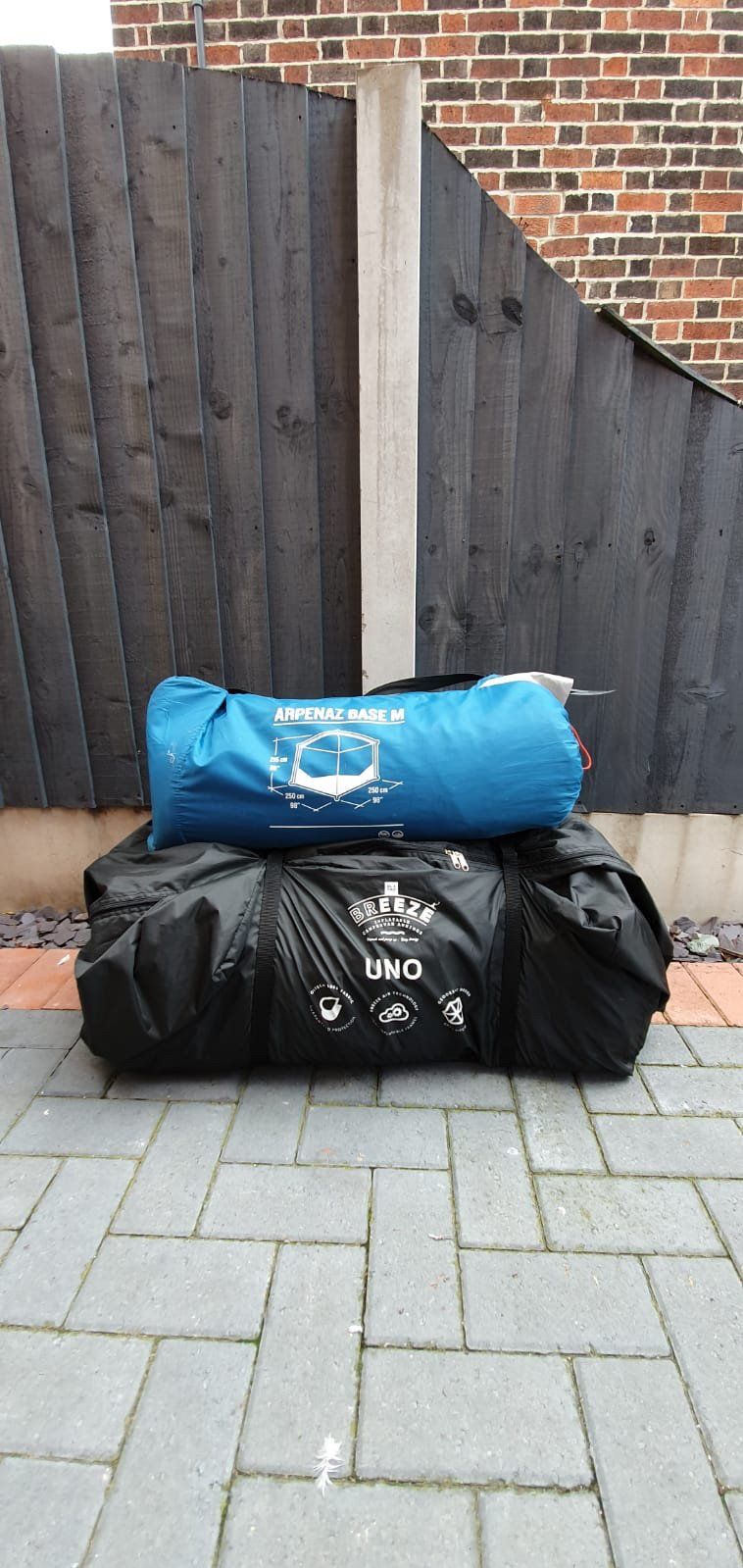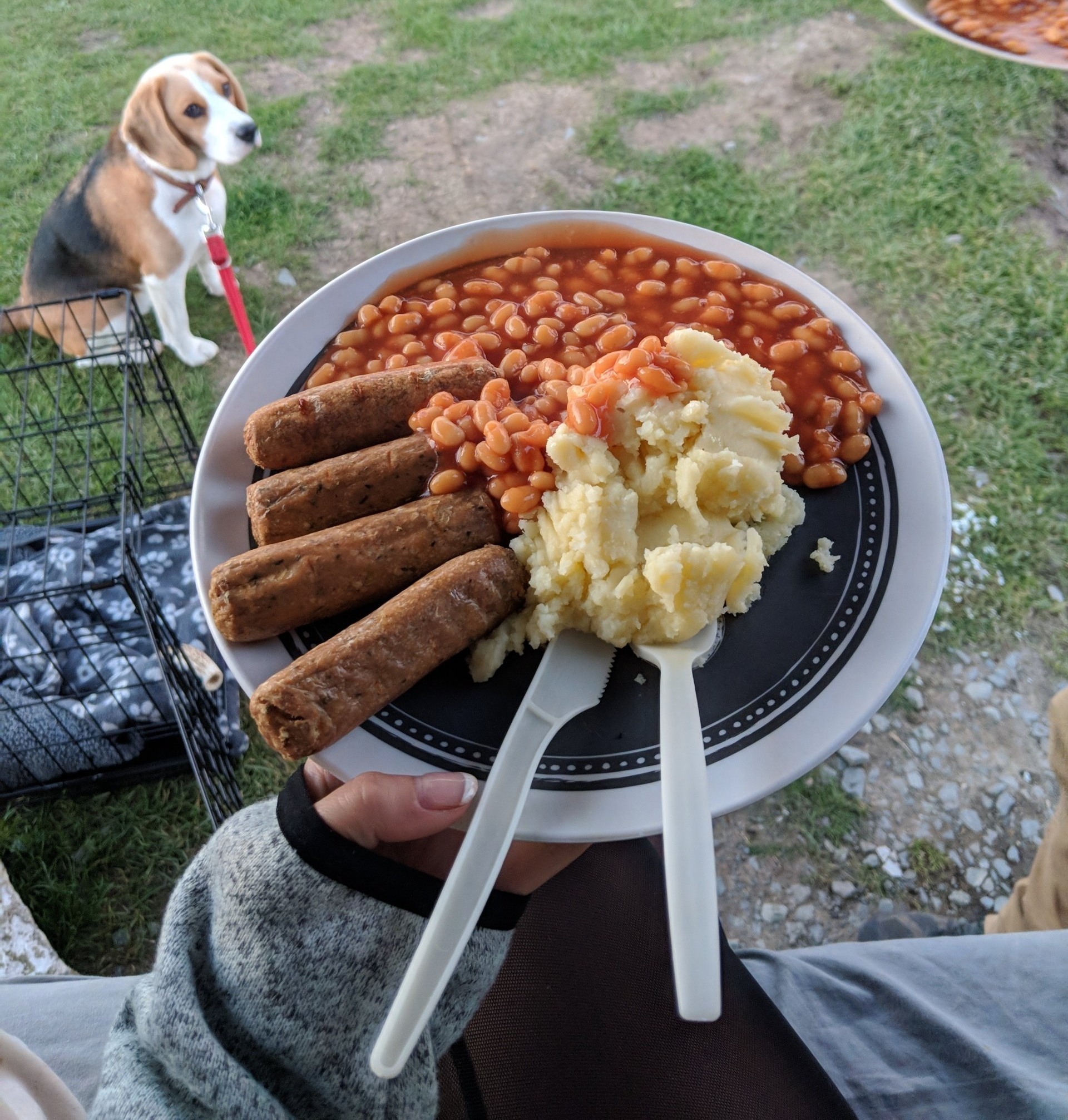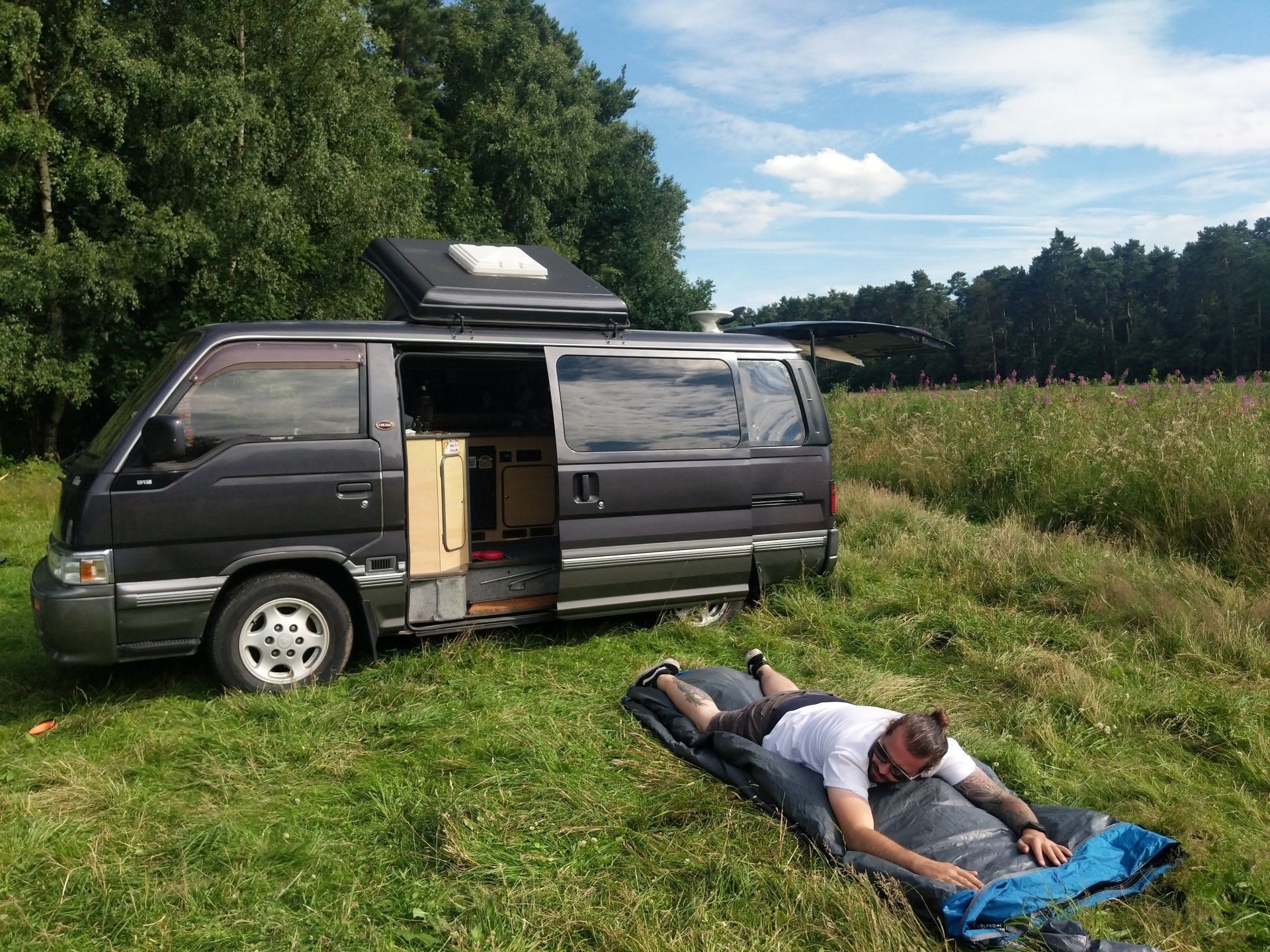HOW DO YOU PLAN YOURS - PART 2 : TRIP ITINERARY

Pre-planning for us is very important. This is not just because it makes the trip a lot easier and less stressful, but because it also helps to utilise our time, and helps us save money.
In 'How do you plan yours - Part 1' we spoke about how we utilise our holiday allowance by shortlisting a few areas (eg, Scotland, Wales, the Peaks etc) and then allocating a number of days we'd like to spend in each for each particular trip and the more days we have off, the larger the surface area we tend to cover as we rarely stay in one place for longer than 2-3nights!
So here we talk about how we decide how many days are needed in each destination, and how we fill those allocated days with activities.
So where do we start?
How we plan will vary depending on the nature and length of the trip, but you can guarantee it always starts with our pinned 'want to go' google map!
This free service from Google allows you to save and pin places of interest to a map for future reference. It's also super easy to share/collab on so if you haven't already got one – we highly recommend it - and our current map is FULL of places we'd love to visit.
Once we have a location, amount of days booked off and a substantial amount 'places of interest' to visit for the duration of our trip we'll save these out onto a separate google map or layer and start thinking about the most economical and logical way possible to get from one to another using the 'direction' tab and + destination for each key area/stop off.

For our trip to the South Island of New Zealand, we went old school and used a combination of printed maps, pins and string! This was because it was easier to see and pin the full island at a glance once printed - and we plotted the route with string instead of using the 'direction' tab and + destination for each key area/stop off.

TOP TIP 1
As soon as you stumble across somewhere that you think you may want to explore - note it down! We do this with a google map, adding to it over the months which we've found makes planning trips and days out so much easier as you're not having to always search or remember things!
The route and finding campsites
Once we've got our shortlisted 'activities/sights', and a rough 'direction' we'll have a think about how much time we'll want/need to spend at each place and which we'd be happy to do 'on route', then we'll locate and book campsites along that route. For this we tend to search Google maps, use a site called 'Pitch Up' or for THS/Club meets we'll use the 'Out and About' section of the Camping and Caravan Club Magazine or App – more on this below.
The reason we do it this way, and look for sites on a pre determined 'route' is if you have a small campervan as we do, it means you can sightsee on route to each destination which helps keep costs low as you'll be using less fuel not having to go back and forth from the same campsite over various days – and it also means that campsite costs will be lower as you'll need to stay in that specific area for less amount of nights, enabling you to see a lot more and cover more ground in the long run.
NB this way of travelling is not really feasible for a caravan or large motorhome, as most car parks won't be able to accommodate you. You can read more about this over in our 'size does matter' blog.
Occasionally, we might just have a nice campsite in mind and then research what to do in and around this area. But this is rare for us as we like an action-packed holiday 'touring' and covering as much ground as possible.

Cutting Campsite costs
As mentioned in a few other posts, we're members of the Camping and Caravanning Club and therefore have access to various THS or 'Club Meet' sites (for more info on these click here and here).
These are great as they can be so much cheaper than some other campsites for example they can cost as little as £8 Per unit per night – and yes can include 2 adults, 4 kids and 3 dogs – but they rarely have facilities.
Therefore, for our longer trips away, we tend to spend a couple of nights at these cheaper sites and then every 2-3 days treat ourselves to a site with the use of some decent showers, electric hook up (and laundry dependant on the length of our trip). These types of sites can be anything upwards of £15 Per person per night - hence why we use them sparingly.
If you are not a member of the Camping and Caravanning Club you can join for apx £40 a year or you can still find cheaper, minimal facility stays at places like such as:
- Pub stop over
- Park for the night location
- Some National Trust Carparks
- Some tourist car parks
Just be sure to read the signs, pay accordingly and take home any waste with you.
TOP TIP 1
If there isn't a facilitated campsite available on the route - there are other ways you can grab a cheeky 'decent' shower. For example, in New Zealand, we teamed it with the 'hot spring' day and just showered beforehand. We've also been known to book the odd Glamping pod, Air B&B, or hotel with a Hot tub mid-trip - but I personally prefer to end the trip on these!
Tie it all up in a nice little bow
For clarity and ease - we'll also create a spreadsheet that houses all the information we may need before, during or even after that trip. For example; it will list the days we're away for, what our plans are for each of those days, the campsites we're staying at, flag if we've booked yet, booking reference numbers, postcodes/directions, costs, what facilities they have or do not have useful website links, contact phone numbers and lastly anything extra or activity-based/touristy/useful to do or see in or around that area if we end up with time spare.
It may seem like a lot of effort, but we find this great as it means everything is all in place, we can make the most of our time away, and get to see as much as possible in the area we're visiting rather than not knowing what to do/see.
It also helps to show at a glance how many days it might be that we'll have to go without a shower - so we can therefore decide to plan in /swap out some campsites with/without facilities sooner or later during the trip.

TOP TIP 3
Don't start your trip 'posh' - This happened to us – unintentionally I might add – on our recent trips to Wales - March 2022. The First campsite facility block was amazing - it was modern, clean and heated! But all our campsites after that in comparison were just cold 'sheds' with loos and a shower. Don't get me wrong, there was nothing wrong with them, the water itself was hot and I bet they'd all of been lovely in peak season, or when it's not lower than 6 degrees outside...

